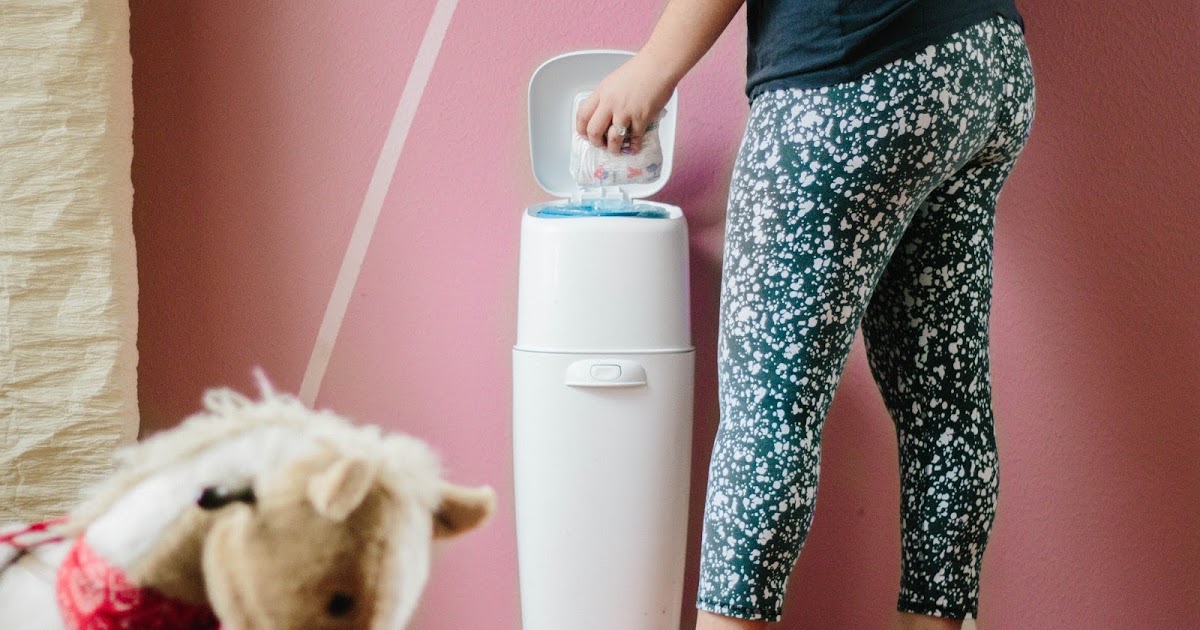How To Prevent A Tapeworm Infection
Properly Dispose Of Human And Animal Waste
For individuals living in areas where modern plumbing is not available, disposing of waste properly is critical to avoiding tapeworm infection. In fact, tapeworm infections are endemic in many developing countries. To properly dispose of human and animal waste, it must be transported and buried away from food or water sources. Always follow procedures in medical facilities such as using gloves and biohazard bags to keep human waste away from individuals or items that can come into contact with food. Living near livestock farms can also raise the risk of infection. Rotating the areas livestock inhabit can help keep tapeworm infections from spreading since these animals both eat and defecate in the same general areas, allowing easy transmission of this infection.
Continue reading to learn more about the ways individuals can prevent a tapeworm infection.
Thoroughly Cook All Meats

When tapeworm larvae migrate from the intestines to another part of the animal, it is called an invasive infection. The larvae form cysts, and these cysts can end up in the meat we buy at the grocery store. Contaminated meat must be cooked well to kill the larvae and avoid infection. Since there is no way to know for certain if meat is contaminated with tapeworm larvae, the general rule of thumb is to thoroughly cook all meats to an internal temperature of 160 degrees Fahrenheit. This will kill any tapeworm larvae in the tissues of the meat and protect individuals from ingesting the live parasitic eggs.
It's time to get to know the next tapeworm infection prevention method.
